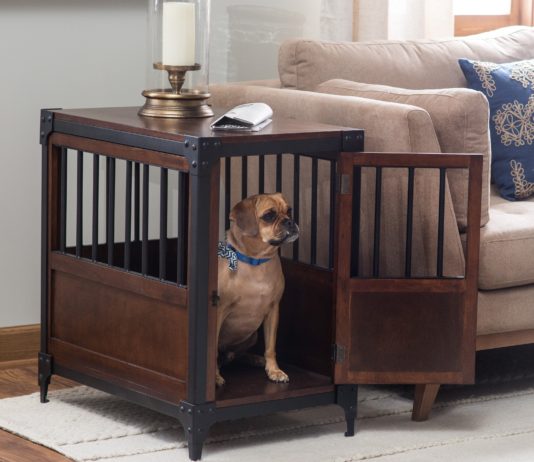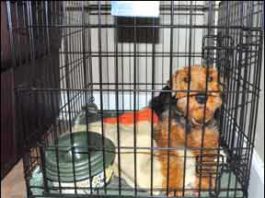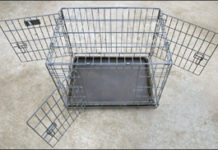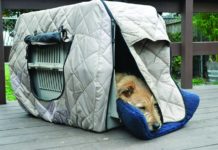Dog Crating Difficulties
provide your puppy (or new dog) with frequent opportunities to relieve himself in an appropriate place. Don't leave him in the crate longer than he can "hold it."üAs a first step with dogs who are reluctant to go in their crates
The Benefits of Crate Training Your Dog From an Early Age
I am a huge fan of crate training for dogs. I think the ability to spend an extended amount of time in an enclosed space quietly and calmly is a valuable life skill for dogs. And it certainly has dozens of benefits for us, too. A crate and crate-trained dog ensure that you and your dog will be welcome at most friends' and relatives' homes. I recently stayed at a friendS' house over the holidays, with my foster dog! She doesn't have enough training or self-control to abstain from chasing a strange cat, eating the cat's food, chewing on the furniture, or stealing food off the table, but none of these things happened, because she was happy to spend all of her unsupervised time in their home in her crate.
Properly Crate Training Your Dog
Crates are perhaps second only to choke collars as the most misused training equipment forced upon dogs. However, unlike choke collars, there is a terrific training principle behind the use of crates. A crate, or, in other words, short-term close confinement, can be used to help dogs teach themselves two very important skills. The first is eliminating only when and where it is appropriate. The second skill is keeping out of trouble behaving appropriately in the house. Without these two skills, a dog doesn't have much of a chance in this world.
Great Solutions for Dog Crate Problems
I first used a crate as a canine management tool in the early 1980s. I was a little skeptical of the concept (Put my dog in a box? What?")
Dog Crate Anxiety
Properly used, the crate is a marvelous training and management tool. Improperly used, it can be a disaster. Overcrating, traumatic, or stimulating experiences while crated, improper introduction to the crate, and isolation or separation anxieties are the primary causes of crating disasters. If, for whatever reason, your dog is not a fan of the artificial den you've provided for him, and assuming he can't be trusted home alone uncrated, here are some things you can do...
Portable Dog Crates are Invaluable Travelling Tools
The crate has long been proven to be an invaluable in-home dog behavior management tool. It is also extremely useful on the road. For a long time, the only downside of crates has been that they are big, heavy, and awkward to lug around. A crate big enough for a Labrador Retriever, Rottweiler or (imagine) Great Dane won't even fit in most cars which is one reason why a lot of big-dog owners drive vans and SUVs!
How to Crate Train a Rescue Dog
Crates are management tools meant to help your dog feel safe during your absence and other times he may need to chill. Dogs who learn to love their crates use them independently for relief and safety .
Crate Thanks
An after-dinner family ritual, when I was a kid, was for each person seated at the table to share what they were most grateful for since last Thanksgiving. Those dinners don’t happen any more, but each year I ask myself that old question. Sometimes the answer is cause for mental debate, but this year, there was no doubt at all. One thing leaps instantly to mind: the fact that my dogs are both safe, that neither was injured when a speeding bicyclist T-boned my new Subaru in September.














